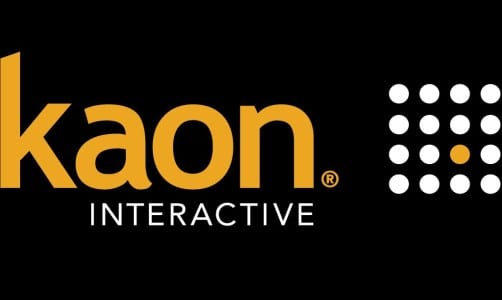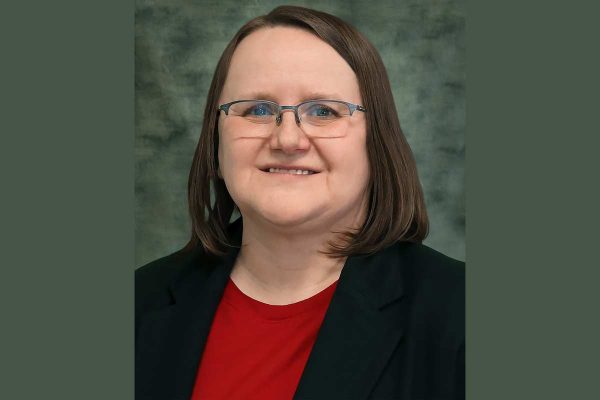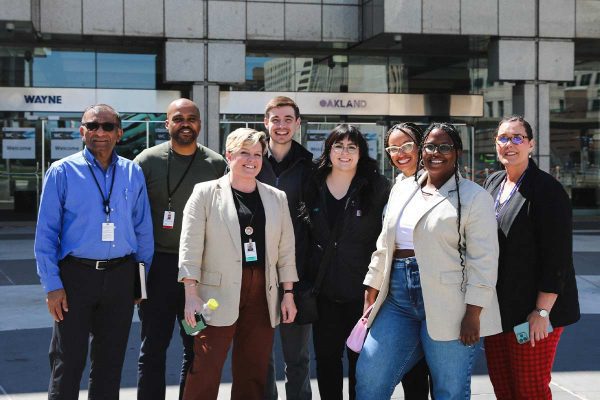Tweet
Many tradeshows succeed due to the face-to-face engagement they provide, but highly technical companies may not see the point in exhibiting if their prospects can’t physically interact with their products.
Understanding that the seeing-is-believing mentality contributed to some costly mistakes for these companies, Kaon Interactive developed a 3D product demonstration application to aid sales professionals who face challenges delivering complex products to prospects on the show floor.
“You can look at [the 3D representation] and say this product is better because it has these interchangeable parts. If you have the equipment, you don’t have to replace the entire thing, just the parts. I can demonstrate that with the app. That’s huge savings for someone with a message to tell,” explained Gavin A. Finn, Ph.D., president and CEO, Kaon Interactive.
 Using touchscreen functionality on any device and platform, sales professionals interact with a 3D virtual representation of technically complex equipment, showing prospects how it works.
Using touchscreen functionality on any device and platform, sales professionals interact with a 3D virtual representation of technically complex equipment, showing prospects how it works.
“We talked to a number of key senior marketing executives. They all came to the conclusion that there is zero value in having a very complex product that people just look at. The value is not in what the product looks like. The value is what it delivers. You want to look at what the outcome is and not the physical device,” he added.
This perspective didn’t develop overnight. In the past, sales professionals strived to get prospects up close and personal to physical products at tradeshows. Depending on its complexity and weight, such as 1,000-pound networking equipment or even heavier X-ray scanners for airports, limited options existed for getting products from A to Z.
Sales professionals used either brochures or PowerPoint presentations to highlight product benefits. If that wasn’t effective, they arranged onsite visits for interested prospects, which often involved cost-scheduling logistics, according to Finn. Many companies spent $7,000-$14,000 shipping complex equipment to tradeshows and then had to say hello to drayage.
“The heavier the equipment, the more expensive the drayage is. By the time you’re finished, you’re talking sometimes $20,000,”explained Finn. “People sometimes underestimate the real cost. Let’s say you want to set the equipment up and have it turned on. You have to send in engineers or technical specialists. By the time you’re finished, it’s a very expensive and time consuming. It’s also prone to risks like getting there and the product not working for the show.”
It could also be catastrophic if the shipment doesn’t make it to the tradeshow.
“We talk to companies all the time. Somebody had a product fall off the back of a truck. It was $380,000. It shattered. They lost [money] with shipping. Without a solution like [ours], it’s costly to demonstrate and convey that right message to the customer,” he said.
Proving that Kaon Interactive contributed to sales professionals operating more efficiently in multiple environments are the more than 600,000 people using the 3D product demonstration apps six times a week.
“When a sales person is using something six times a week, you know it’s helping them,” added Finn. “There are also analytics showing how many people around the world are using it — what sections they are looking at, what devices they are using and how long they look at it. We also can measure effectiveness of the application at tradeshows and sales environments.”
Allowing exhibitors to operate cost-effectively and efficiently at tradeshows, the 3D product demonstration app can be used in a 10 x 10 booth rather than a company purchasing a bigger booth to accommodate physically larger equipment. Additionally, the device each professional is using to demonstrate the same product doesn’t matter.
“The same application does not have to be reprogrammed to run on other devices. We have the same code base running on all devices, and that makes it easier for us to support one platform from another,” Finn explained. “We also have the Application Delivery Network that allows us to create content once and distribute it to one delivery environment.”
Backed by a cloud, the Application Delivery Network allows updates made to a product model to be distributed to all parties involved, ensuring everyone has access to the same and most recent version of the content. This feature comes in handy for global companies delivering product information to their remote offices from their headquarters.
“For many global companies, it’s expensive to ship delicate equipment to their other offices. We have customers who deliver these experiences to all of their remote sales offices. Every time they get a new product or new message to tell, everyone gets it at the same time. They have the ability to detail entire product portfolios to each office,” said Finn. “For a company in South America, they use PCs, not tablets. They have sales and marketing people in Asia that use Android tablets. They don’t have to worry about spending money to run their sales and marketing application. We created the network to solve that problem.”
Being able to travel back and forth with no physical product shipping worries revolutionized the way sales professionals operate in all environments. Winning Kaon Interactive multiple awards, the 3D product demonstration apps reportedly saved clients thousands in shipping and increased sales, making up for the initial investment companies made into the virtual product, according to Finn. With Kaon working across multiple industries and entering others like automotive, in the future, app users could potentially go to a car dealership to virtually configure the car they want to buy.





























